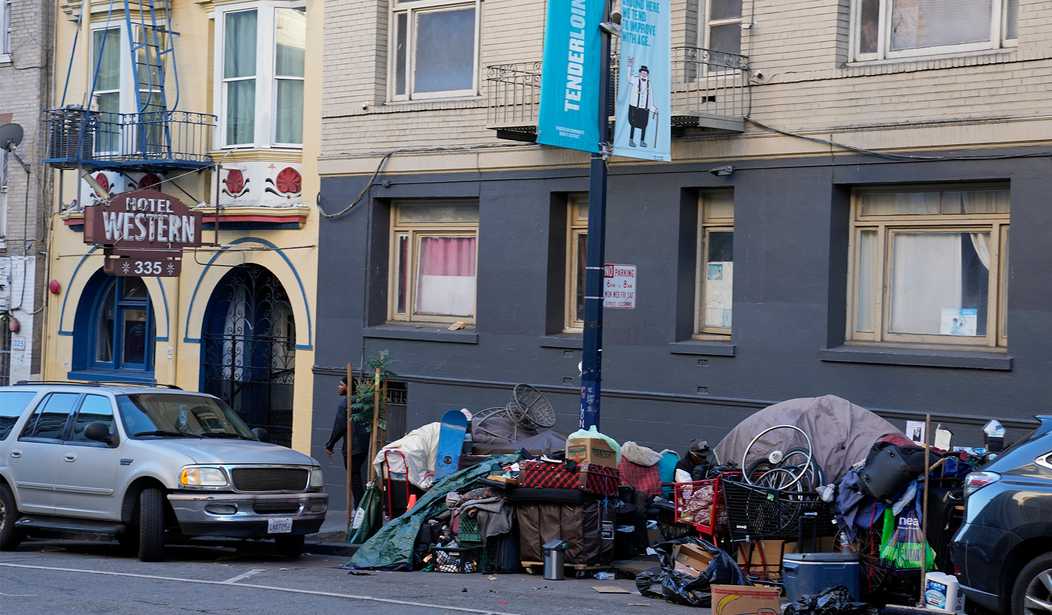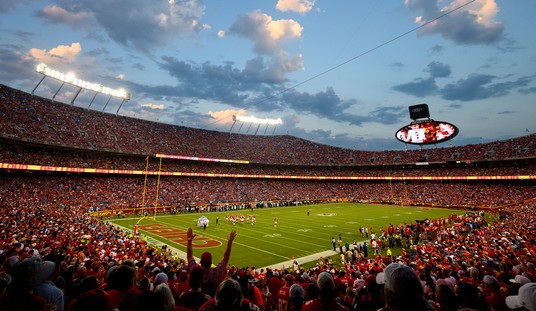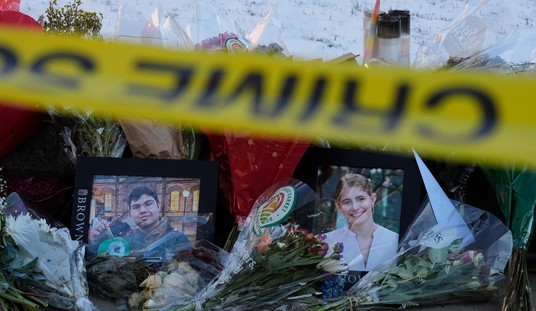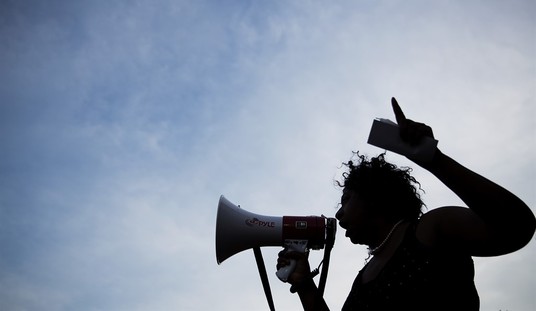I've written before about how my father used to talk about a weekend he spent in San Francisco, in September of 1945. Dad had been at Victorville, California, checking out in B-29s in anticipation of going to the Pacific when V-J Day happened, so he ended up staying and helping run the post's skeet ranges. One weekend, he and a couple of friends journeyed up to San Francisco, and Dad described it as a prosperous, beautiful city with great restaurants and friendly people.
A few years later, in the mid-'50s, my uncle was in the Army and ended up stationed (if memory serves) in the Presidio. He, too, talked of that wonderful city; Chinatown was his favorite weekend haunt.
What a difference 70 years can make. I visited the City by the Bay in 2017, while working on a startup in Silicon Valley, and it was not a pleasant experience. The homeless were everywhere, sleeping in the city parks, shouting at people on the streets, dropping trou and pooping wherever the urge struck them. San Francisco is a city on the verge of collapse.
The Supreme Court, in Grants Pass vs. Johnson, has given municipalities more options for dealing with the sprawling Bidenvilles, in upholding camping bans on public property. But in too many of America's major cities, that involved playing musical chairs with the enclaves; when kicked out of one area, they move to another.
The liberal media and bloggers in San Francisco are, of course, full of fake compassion:
The July ruling in the case Grants Pass v. Johnson upended six years of protections for unhoused people. It was a radical change, and it came as many Californians, from small business owners to Gov. Gavin Newsom, were fed up with regularly seeing tent camps that stretched for blocks, human feces smeared on sidewalks and people injecting drugs in the open. Once the Supreme Court gave the green light, even liberal strongholds such as San Francisco were quick to start removing camps — despite a collective outcry from activists supporting the rights of homeless Californians.
These are not "unhoused" people. That implies that these are people who are just down on their luck, when the reality is quite different. Many, almost certainly a majority, of the street people are mentally ill, are addicts, and some are outright criminals. These aren't people that you can deal with by just shuffling them from one sidewalk to another.
Trust the liberal media, though, to find one sympathetic character.
Linda Vazquez sat cross-legged on the sidewalk during an afternoon last fall, with two dogs in her lap and her hands cuffed behind her back. A police officer stood over her.
Beside her, balanced on a camp stove, sat the pot of chicharrones she’d been cooking for lunch.
Vazquez, 52, was clearly upset. “Because I did so bad,” she yelled sarcastically at the officer, who was citing her for “unauthorized lodging,” a misdemeanor under California’s penal code. “This is the biggest crime ever.”
The police didn’t end up taking Vazquez to jail, and instead gave her a slip of paper with a date to show up in court. They did confiscate the tarp she was sheltering under as “evidence,” making it harder for her to survive on the street.
But she did do so badly, as evidenced in the next paragraph:
Within hours, Vazquez was back, setting up camp in the same spot — a block that had essentially become hers. Vazquez was known throughout the neighborhood, always surrounded by dogs and friends.
And that's the problem. That spot isn't hers. It belongs to the home or business owners who live and work on that street. These are taxpayers who shouldn't have to be subjected to trash-strewn encampments, stray dogs, and fire-hazard cook stoves.
Read More: The Downfall of America's Cities: New York Women and Vigilantes
The Downfall of America's Cities: A Painful Mayoral Competency Crisis
A website gloriously called "An Inside Guide to San Francisco Tourism" proclaims that everything's fine, nothing to see, as long as you don't go into certain areas, certain neighborhoods.
Is the homeless situation a problem for tourists?
Generally speaking, it shouldn't be a problem, with some reasonable precautions.
The homeless are concentrated in certain areas of San Francisco, so visitors can minimize their experience of the issues by avoiding those areas.
Bear in mind that this is a website promoting tourism in San Francisco, cautioning potential visitors that they have less chance of being accosted by an addict or a mentally ill street person if they stick to the safer parts of town. Of course, the Tenderloin and the Civic Center are where a lot of the theaters and other attractions are, as well as the temporary shelters for street people.
San Francisco is failing, and the city's expansive street people population is a big driver of that collapse. The city faces some tough choices: Clean up the streets for good, even if that means forcing street people into involuntary rehab or mental-health treatment. The other option? Well, if you don't yet own stock in a company that specializes in poop map software, now might be the time.














